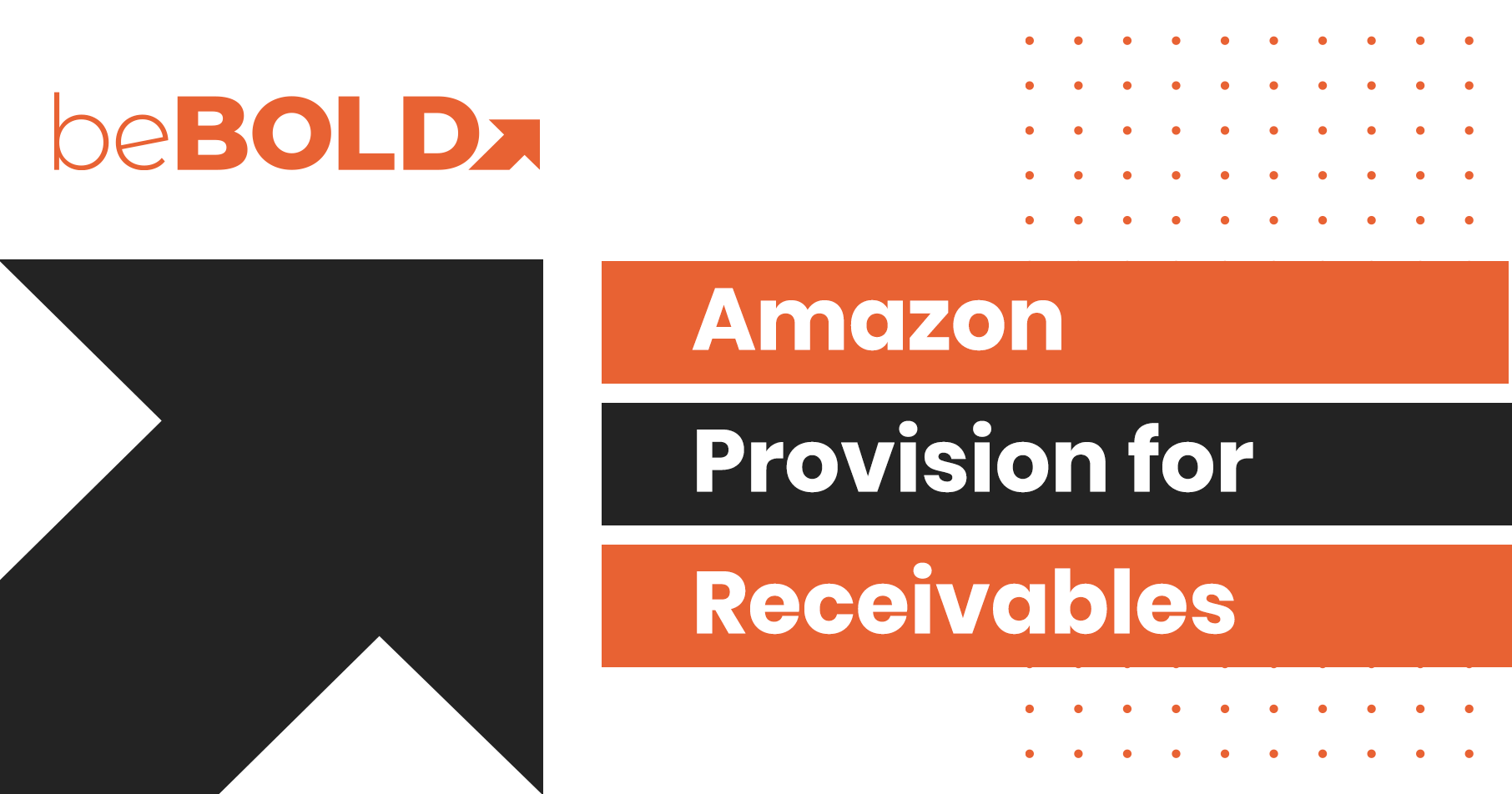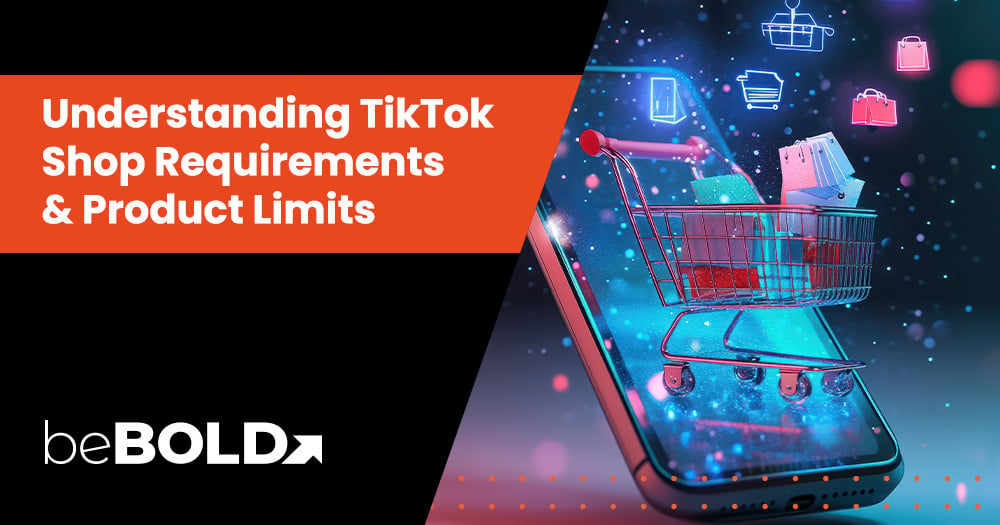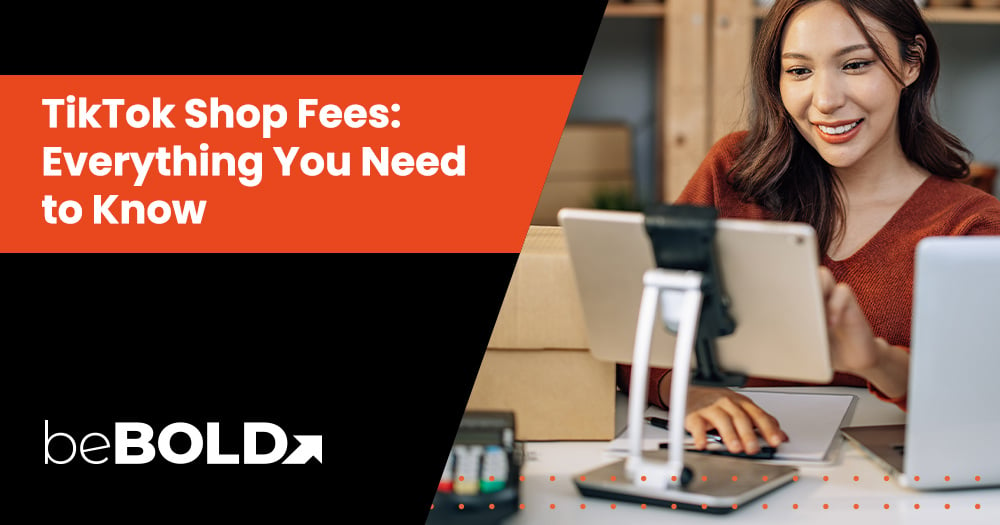As if a decrease in purchase orders weren’t enough, now vendors have also noticed low or missing payments. When investigated, they came to know that the amount was deducted in the name of Provision For Receivables. Read on to know more about these provisions and how you can recover that amount from Amazon.
Provisions/Risk = Receivables – Payables from Amazon perspective.
Pro Tip - Use a Credit Card to Pay for your Advertising instead of Off Invoice.
-
This is will greatly reduce your provision for receivable
-
Credit Card cash back can increase your margin by 1% to 3%
What Is Provision For Receivables?
Provision For Receivables means a temporary credit memo or access amount that Amazon charges on your account because the anticipated costs due to Amazon may exceed the anticipated payments owed to you.
If, at any point, Amazon feels that the average revenue earned by them will be less than the average payments made to you, they will instantly hold your money in the name of Provision For Receivables.
As a result, you may notice missing or reduced payments from Amazon. This amount is anticipated by Amazon and it’s not the actual cost. The forecasted payable amount determined by Amazon can be based on the following costs:
- Agreements (CoOP, Damage and Freight allowances)
- CRaP allowances,
- Margin Guarantees
- Subscribe and Save
- MDF
- Promotions and Discounts
- Returns
- Chargebacks and shortages
- Marketing costs
Why Does Amazon Charge Provision?
The main purpose of the provision is to make sure that none of the above-mentioned expenses create a debit balance in your account. The longer your debit balance is, the less are your chances of being paid in a timely manner. In short, Amazon wants to make sure that they are paid beforehand for doing business with you, even before they pay you.
Amazon wants to “protect” themselves before paying you. Why is Amazon doing that? What is all this insecurity about? If you have been following my blogs, you may know that Amazon intends to shutdown Vendor Central in the near future. Provision For Receivables is to make sure Amazon receives all its money so they can secure their position in case you are required to make a switch from Vendor Central to Seller Central.
To stay away from all this hassle, there is a simple solution. Just switch to Seller Central. You will have more control over your inventory, pricing, listing details, you will be paid weekly instead of 60 days and the best part; you won’t have to deal with such provisions.
And you will have access to almost all the tools that are there in Vendor Central. So why not switch now because you will anyway have to at a later date.
Can Amazon Calculations Be Wrong?
They certainly can be. And if they are, Amazon will definitely pay you back. Most of the “payables” determined by Amazon are estimates and not actual payable amount due to Amazon.
They are anticipated/forecasted payables.
The costs are calculated on average or based on your past payments. If the amount seems overstated after the actual cost is calculated, Amazon will immediately refund you back.
But My Provision For Receivables Seem To Be Increasing, Is There Something Wrong?
This is not a new practice. All the vendors have been receiving deducted payments from Amazon on a regular basis. However, they may find an increase in provisions after tent pole events like Prime Day, Black Friday, or Cyber Monday.
This is because vendors or basically anyone selling on Amazon during that period experiences an increase in returns and marketing costs. As a result, Amazon deducts an “increased” amount from the payment due to you.
Make sure to review your Amazon Vendor Brand Analytics so you get the full picture of what is going on with your Amazon Vendor account
Here Are A Few Things To Look Out For Before Coming To A Conclusion:
- Timeline: It’s crucial when you look at the Financial Dashboard. Provisions for Receivables are calculated on the basis of a specific timeline. It is not always necessary that this timeline matches with your payment terms. If you look on a random day, there is a possibility that it seems as if you owe more to Amazon than Amazon owes to you.
- Seasonality: During high-sales events like Prime Day and Q4, the sales and expenses to run your Amazon store is higher. Naturally, at that time, the costs that Amazon charges you are higher. It is possible that you may owe more amount to Amazon than Amazon owes to you.
- Internal Costs: For calculating the amount owed to you, Amazon takes into consideration and adds all the expenses and fees. Thus it can be challenging for the vendors who pay to Amazon from various internal funds.
Is There A Way To Know If I Have Been Charged For Provision For Receivables?
You can get your hands in this data from your Vendor Central account.
- Go to Vendor Central > Payments.
- Find ”Adjustment” in the ”Total Estimates” section and click on ”View Details.”
- Select the data range and download the holdbacks. Here you can also take a look at the reversals Amazon has credited if the actual comings are lower than expected.
- From here on, you will have to do the math to find out if Amazon owes you any money or not. Select a transaction time period and filter by Transaction Type to view all the holdbacks and reversals together. If the holdbacks and reversals don’t seem to be equal, then you should generate a ticket with Amazon.
What Does A Provision For Receivable Look Like?
Provisions are not “real” deductions, so there will be no invoice copies. Therefore, the provisions will not be available in your vendor central account. Each provision placed will be displayed with the date it was placed and look like this: YYMMDD_PROVISION_FOR_RECEIVABLES. For example, a date of 181201 on your remittance means that the provision was placed on December 1, 2018. It will look like this: “181201_PROVISION_FOR_RECEIVABLES”.
The temporary provision for receivables will reverse when invoices for returns, marketing and rebates are settled, or a decision is made not to return the inventory. When a provision is reversed, it will show as “181201_PROVISION_FOR_RECEIVABLES-R” (notice the -R at the end). This is a tool-driven process and it does not generate any paperwork or invoice, both in the implementation stage or the reversal.
Understanding The Cost Structure Amazon Pays To You
To find the discrepancies in the amount paid by Amazon, you will first have to familiarize yourself with the payment structure and the Financial Dashboard. Basically, if you have better sales flow, fewer returns and low obstructions, chances are thinner that Amazon will charge any provisions on your account. Based on my experience, here are few of the areas to look out for:
- Chargebacks: Chargeback, also known as charge disputes, are operational fees deducted from a vendor’s remittance checks. They usually occur when Amazon thinks that the vendor did not follow strict vendor compliances. Chargebacks can be filled for a variety of reasons and in most cases, they can be recovered. If your chargebacks are increasing, you will have to dive deep to find and address the root cause. It can be anything from PO related issues, receive related issues, prep related issues, ASIN related issues, or transportation-related issues.
- Inventory Levels: First and foremost, keep a check on the inventory levels and your shipments; it is a possibility that you have sent more inventories to Amazon. If the inventory levels looks okay, go a step further and check the product set up, quantities and its configuration, i.e., case pack, single pack, or multiple packs. Amazon can be getting inventory in case packs because of which they may send shopper more products for each purchase and understate the amount owed to you.
- Co-op Agreements: Do you have any duplicate agreements, or have you signed for any auto-renewal programs? If yes, then there is a possibility that you may have signed two agreements for the same item. Amazon, being Amazon, won’t get to know this and even if it knows this, won’t bother to point it out to you. You should be proactive, attentive and identify if there are any duplications in the co-op agreements or not.
- Advertising Costs: Are the marketing costs as per your expectations? If the advertising costs seem to be too out of the line, its time you rush to your advertising portal and check your campaigns, the budget, spend and everything. If the costs are high in days like Prime Day or Q4, that’s acceptable, but if they are going continuously out of your budget, there may be something doubtful going on there.
- Returns: Customer returns and negative reviews are a great way to identify the flaws in your product and the product detail page. If you have a higher customer rate, you need to find the reason why your customers are dissatisfied. Is there something you can add or remove in your product detail page to clarify the issue customers are facing. If the returns are low, Amazon is less likely to deduct the amount from your payables.
- Damaged Products & Replacements Given To Costumers: Are your customers returning the products because they are arriving damaged? If that is the case, you should test-buy your products and redesign your packaging and make it more safe and sturdy. This will prevent customer returns because of damaged products and ensure that you don’t have to face additional costs of replacing the product to the customer.
- Payment Terms: When your payment terms are stringent, Amazon will still be waiting to receive more inventory from you even after the payment to you is due. In this case, Amazon will make an estimate of how much money they owe to you and will pay only that much amount. Moreover, if you have a quick-pay discount, Amazon can take the pay discount of some of the items and apply a shortage to the remaining items to reconcile it afterward. Maybe it’s time you should renegotiate your payment terms with Amazon.
Now, as you are aware of all these costs, you can calculate the value of each of them based on the total cost of goods sold (COGS) and estimate the total and original amount owed to Amazon. Then you can compare that amount to the payment made by Amazon to you. The next question would be what to do if there are discrepancies?
Here’s What You Should Do If There Are Any Discrepancies
If any of the deductions made in your account doesn’t seem right and you find them invalid, you can immediately begin a dispute process in the Dispute Manager section in Vendor Central. However, we would recommend you to wait for a week or two to see whether the amount is reversed by Amazon or not.
What are Amazon Vendor Provisional CoOp rates?
Amazon may apply provisional CoOp rates to cover marketing development funds (MDF), damage allowance, and freight allowance costs for your items that are not covered by negotiated CoOp agreements.
Provisional CoOp rates do not replace the CoOp rates you’ve already negotiated and will not be applied to receipts covered by your negotiated CoOp agreements. If you have pending agreements, once the CoOp agreements covering your items are signed, we will retroactively apply your negotiated rates and credit or debit you the difference as applicable. Provisional CoOp rates enable us to continue to offer your products to our customers without interruption.
To review any provisional CoOp rates that are applicable to you, sign into Vendor Central and go to Payments > CoOp and click on Provisional CoOp Rates.
To learn more in Vendor Central, go to Support > Help > CoOp > Provisional CoOp Rates and click on Provisional CoOp Rates.
Please review the following frequently asked questions for information about provisional CoOp rates:
Do provisional CoOp rates replace the CoOp rates I’ve already negotiated?
No. Provisional rates will only apply to your items received at our fulfillment centers that are not covered by the negotiated MDF, damage allowance, or freight allowance CoOp agreements.
My purchasing terms waive me from freight and/or damage allowance, will I be charged provisional CoOp?
No. If your purchasing terms waive you from providing freight and/or damage allowance, then you will not be charged provisional rates for freight and/or damage.
Do provisional CoOp rates apply to Direct Import orders?
No. Provisional CoOp rates do not apply to Direct Import orders.
My CoOp agreements are set up. Why do I still see provisional CoOp rates on Vendor Central?
If all of your items received at our fulfillment centers are already covered by the negotiated MDF, damage allowance, and freight allowance CoOp agreements, then you will not be billed by provisional CoOp rates. Provisional rates will still be visible to you on Vendor Central and apply in case any of your items received by Amazon are not covered by the negotiated MDF, damage allowance, and freight allowance CoOp agreements.
How do I know that I was charged provisional CoOp?
If provisional rates are applied to your items, you will receive a CoOp invoice that includes Provisional CoOp in the related agreement’s title.
How do I avoid being charged provisional CoOp rates?
To avoid being charged provisional CoOp rates, you need to set up your MDF, damage allowance, and freight allowance CoOp agreements before shipping items to Amazon. To create new CoOp agreements, connect with your vendor manager as soon as possible. Once a negotiated CoOp agreement is reached between you and Amazon, and you accept it via Vendor Central, we will stop charging you any provisional CoOp rates and retroactively apply your negotiated rates during the time that the provisional CoOp rates were charged.
I was charged a provisional CoOp rate. How can I get this corrected?
If you were charged a provisional CoOp rate, you need to contact your vendor manager to set up your CoOp agreements as soon as possible. Once the CoOp agreements are set up, we will automatically adjust your provisional payments with the final amounts per the CoOp agreements in the next billing cycle. If you believe that you were incorrectly billed for CoOp, go to Support > Help > Dispute Management > Dispute a CoOp agreement invoice.
Does It All Sound Too Complicated?
Don’t worry; you are not alone. The process isn’t as simple. What you can do is take help from expert consultants from beBOLD Digital.
beBOLD is a full-service Amazon Account Management Agency that specializes in both Vendor and Seller Accounts. We can help you reverse any access provision charged to your account and will also keep a check on the provisions applied by Amazon.
We have already done this process for all our vendor clients and we would happily do it for you. Just contact us to get started!











Comments